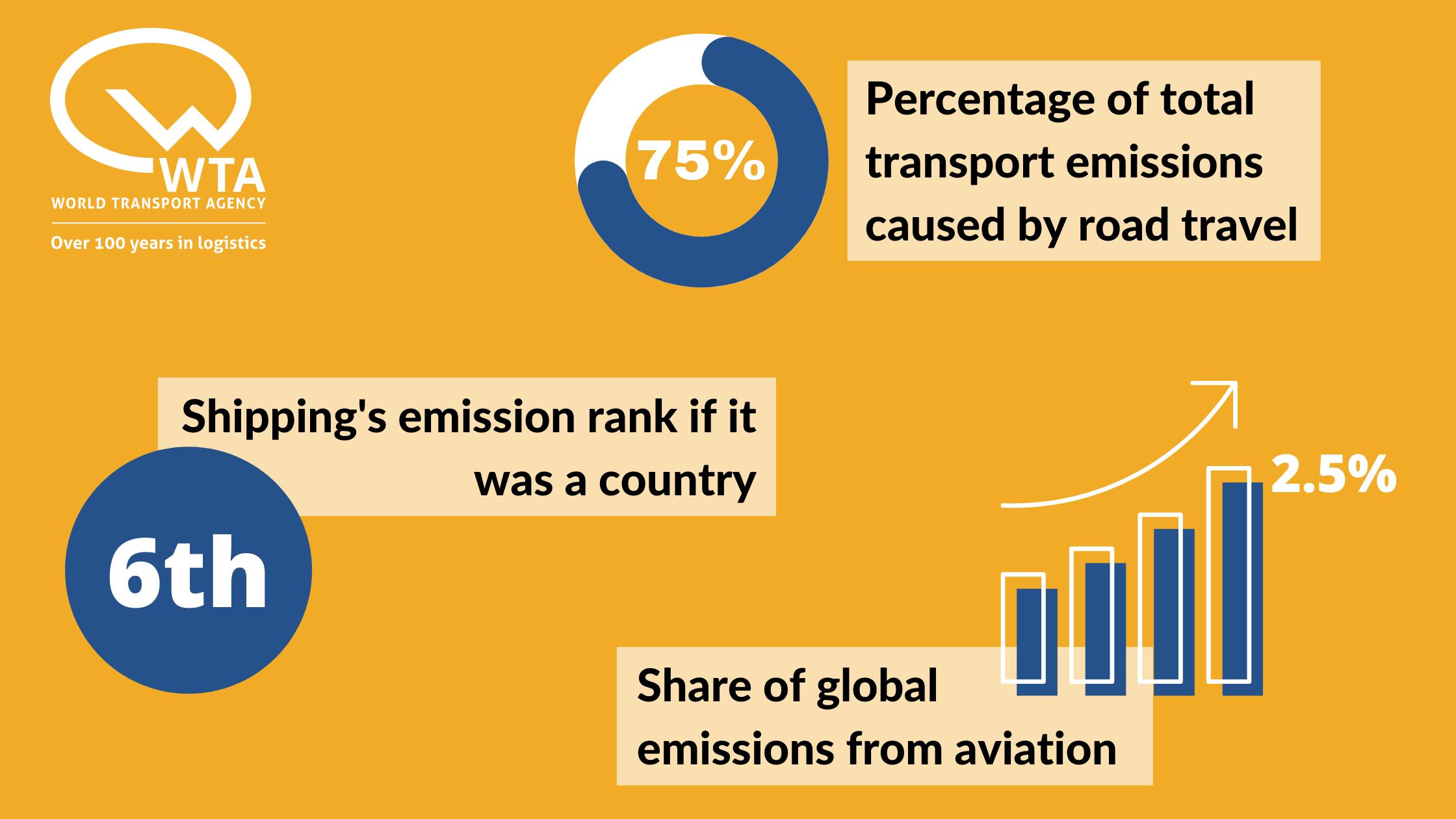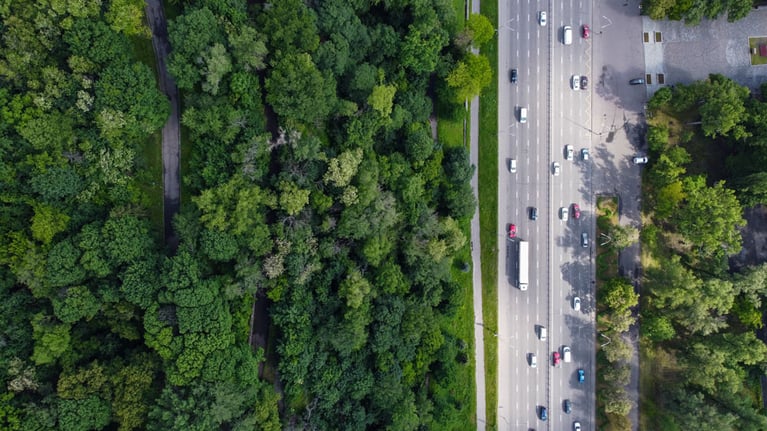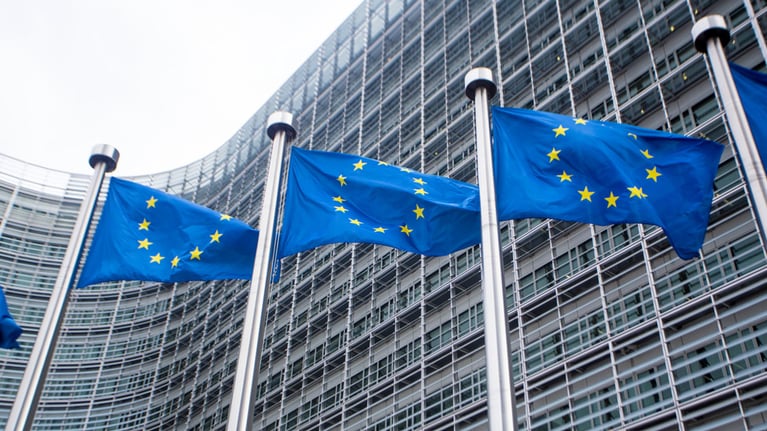13 days, thousands of delegates, hundreds of hours of live streams and COP26 is finished. But behind the big policy announcements, such as an agreement by 100 countries to end deforestation by 2030, what was the important news for the logistics sector? What actionable steps can freight businesses take from the many announcements made?
For this article, I have sifted through pages of declarations and agreements and watched hours of live streams to collate the 5 key learnings for logistics businesses from COP26.
1) The drive for green shipping corridors and zero emission vessels is amplifying.
22 countries, including the USA, UK, France and Germany signed the ‘Clydebank Declaration’, a commitment to pursue green shipping corridors and zero emission vessels.
The target is set; at least 6 green shipping corridors by the middle of the decade. A green shipping corridor is a maritime route between two or more ports where zero-emission ships can operate. This declaration fits within the Zero-Emission Shipping Mission aim, which is 5% of ships in operation using no emission fuels by 2030.
So we have ambitious targets, and the pressure is on governments and industry stakeholders to deliver them.
It’s clear from COP26 that this drive for a more environmentally friendly shipping industry is only going to amplify over the next decade. Uncomfortable statistics remain. 3% of global emissions are a direct result of the shipping industry. If shipping was a country, it would be the 6th highest polluting country on the planet.
There is a lot of work to do.
Plenty of challenges remain too, zero-emission fuels are still around 3-4 times more expensive than their fossil fuel equivalents, so the call for policy incentives from the private sector is loud. Furthermore, there is the issue of the countries, many of which are significant players in the shipping industry, who have not signed up for this declaration.
Time will tell whether the shipping sector demonstrates the necessary appetite for decarbonisation to achieve the 2050 net-zero target.
Read more about the Clydebank Declaration here, including details of the 22 countries (so far) that have signed up.

2) Technology and data are vital tools in solving the environmental crisis.
Across a whole range of industries, it’s clear that AI, data, technology and the Internet of Things hold the answer to a reduction in emissions.
Looking specifically at logistics, increased digitalisation gives managers a far greater understanding of their supply chain. End-to-end visibility made possible by sensors, GPS tracking and monitoring means routes can be environmentally optimised, with inefficiencies removed.
Digitalisation also gives businesses a greater understanding of their carbon footprint, with emission calculating tools becoming more widely available. Consequently, steps can be taken to reduce or offset those emissions.
Often individual optimisations in a supply chain can be small in nature. But that’s okay. With the entire logistics industry moving towards digitalisation, thousands of small changes added together to make a big impact. The lesson from COP26 must be to embrace, not resist these supply chain enhancing tools. It has positive environmental and business consequences.
For us at WTA, our end-to-end supply chain visibility platform is designed to remove inefficiencies, save users' money and benefit the planet.
3) Collaboration is required to make genuine progress on the carbon emissions.
There was a clear theme running through almost every COP26 event. Collaboration. The need for teamwork across a wide range of sectors to achieve the net-zero 2050 target is indisputable.
Logistics is no exception. Policymakers, freight companies, technology developers and engineering firms are going to have to coordinate their efforts to help achieve a less than 1.5-degree increase in global temperature. Only with all stakeholders working together will the right technology be built, incentivised and implemented across the logistics network.
4) Investment in more fuel-efficient and zero-emission planes for the aviation sector is needed.
It is clear that the technology does not exist yet to decarbonise the aviation sector on a mass scale. Although Boeing and Airbus are publicly working on hydrogen and even solar-powered planes, they’re some way off being available to the mass market. As the world becomes increasingly globalised, aviation is one of the fastest growing sources of CO2.
"We know it’s a significant contributor to climate change and without urgent action, there will be substantial additions to emissions over the next 30 years” says Pete Buttigieg, Secretary of Transport for the United States.
But it isn’t totally hopeless.
“Our vision is that just like vehicles on the ground, the future of aviation is a sustainable one.”
23 countries, including the United States, UK, Japan, France and Spain all signed up to the ‘International Aviation Climate Ambition Coalition’. A declaration aimed at advancing the use of carbon offsetting and more fuel-efficient planes to address aviation emissions and hit the net zero 2050 target.
The agreement is a good result at COP26, but the glaring lack of zero-emission planes in operation is proof that unfortunately, this sector is some way behind other transport modes when it comes to sustainable options.
Read more about the ‘International Aviation Climate Ambition Coalition’ here.
5) UK commits to a full transition to zero-emission new HGVs by 2040.
When it comes to road freight, it must be said the most ambitious targets were set by the UK government. A commitment for all new HGVs sold to be zero emission by 2040 was made, with a slightly more pressing target of 2035 for smaller trucks weighing 26 tonnes or less.
This sits alongside the highly publicised ending of new petrol and diesel car sales by 2030, as the UK government works to decarbonise the road network.
These targets undoubtedly raised eyebrows, with many zero emission HGVs involving hydrogen fuel cells or other power means still in their developmental phase. That of course means logistics companies still can’t begin the transition to these vehicles, despite a hard deadline now being set. But the ambition is admirable, we now wait to see if any other countries, particularly across the EU, set similar targets.
Lots to digest then for stakeholders in the logistics sector. Until now the technology for decarbonisation in many areas of freight has been unavailable. It still is in some cases. But with targets set across sea, air and road freight, the pressure to reduce the environmental impact of the sector over the next 20 years is very real and cannot be ignored.
For more information about the announcements and statistics to come from COP26, check out the sector analysis report from Brunswick Group here.








